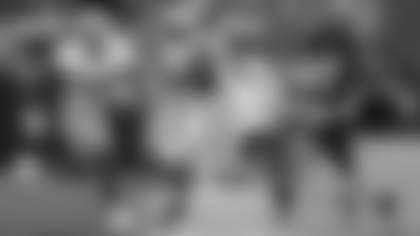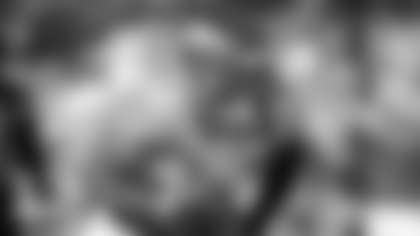Look through the Broncos' best draft picks from the defensive end position.
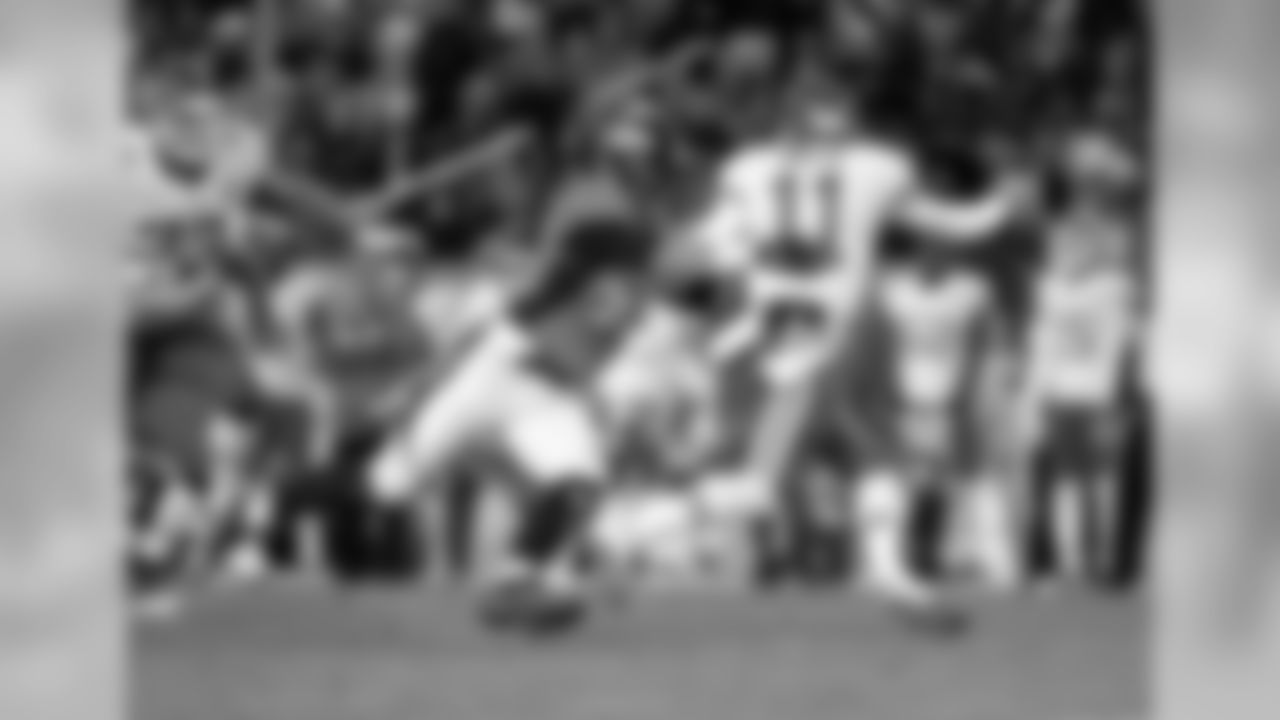
Derek Wolfe (2012 NFL Draft - second round, 36th overall) makes contact with Chiefs quarterback Alex Smith for a sack in 2013. In his three seasons so far, Wolfe has started 43 games, recording 11.5 sacks, 63 tackles and three passes defensed.
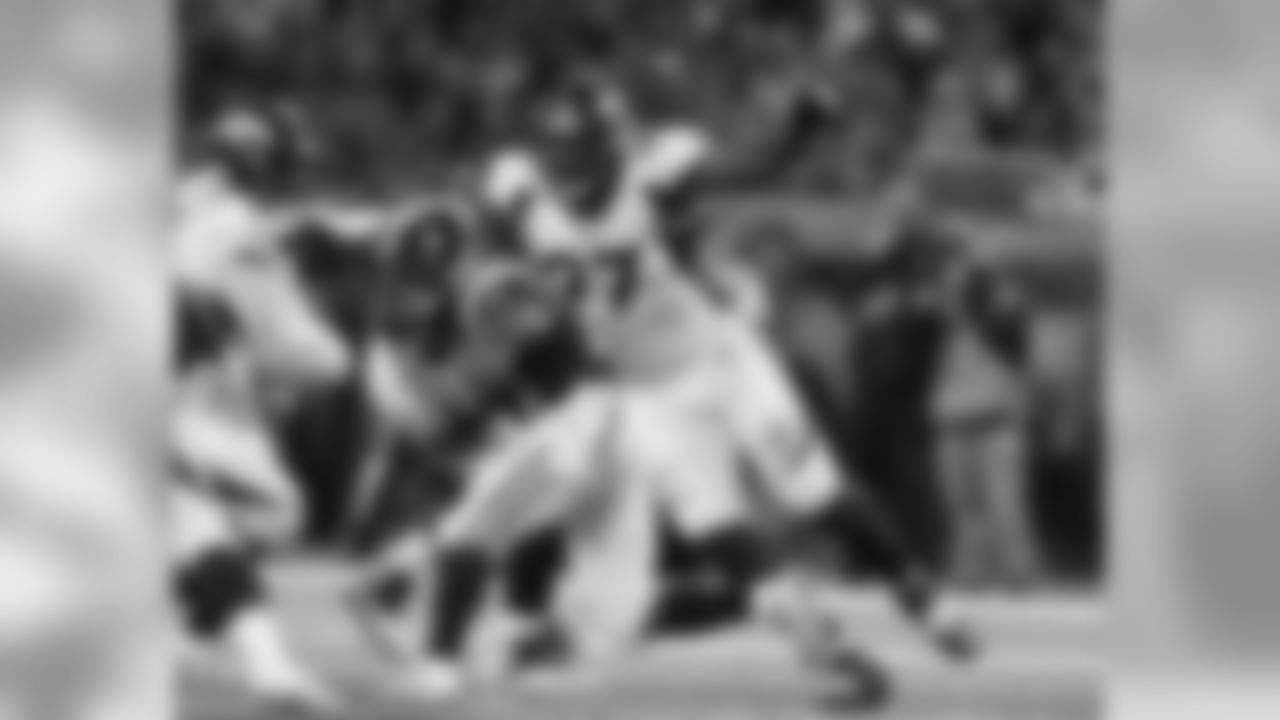
Malik Jackson (2012 NFL Draft - fifth round, 137th overall) wraps up Rams running back Tre Mason in 2014. Jackson has recorded nine sacks in the past two years, with eight starts in that time after a rookie season playing the occasional rotation snaps. He has also had 10 passes defensed in that time, and 74 tackles over the three seasons.
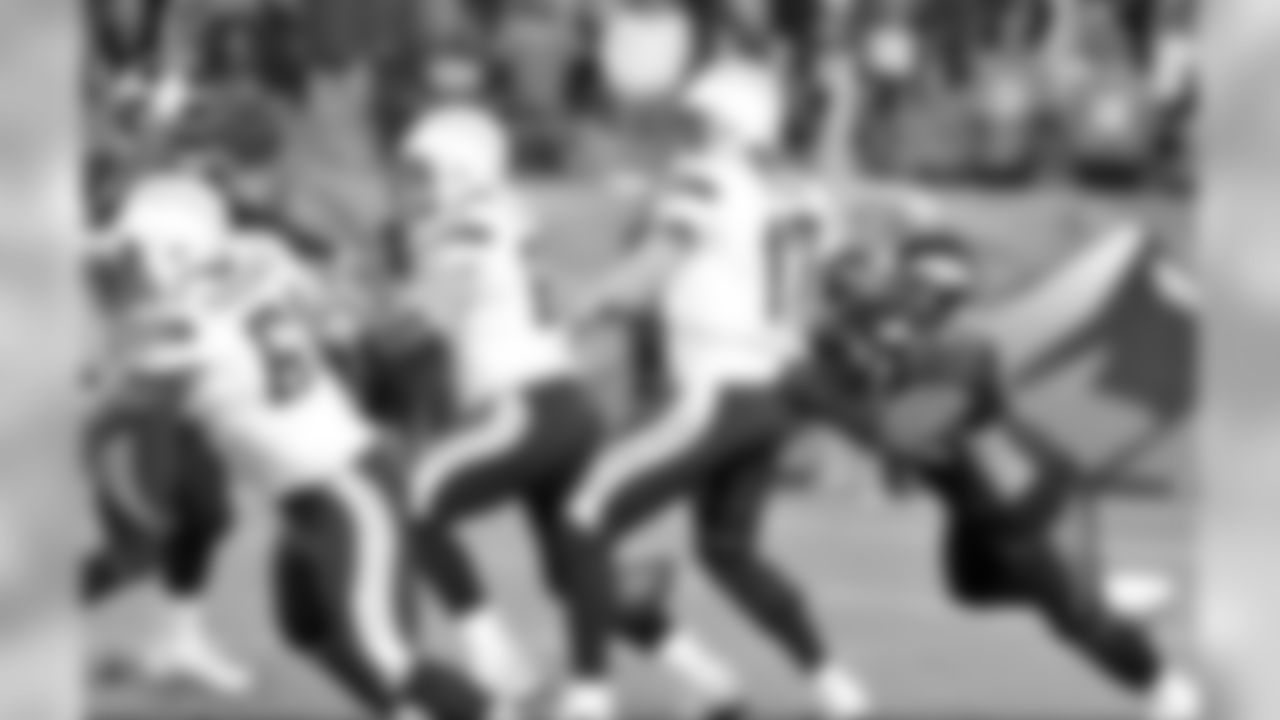
Elvis Dumervil (2006 NFL Draft - fourth round, 126th overall) sacks Chargers quarterback Philip Rivers, forcing a fumble in 2012. Dumervil played six years for the Broncos, including three Pro Bowl seasons and one First-Team All-Pro selection as a Bronco. Starting 75 of 91 games, he totaled 63.5 sacks, 170 tackles, nine fumble recoveries, 16 forced fumbles and one interception.
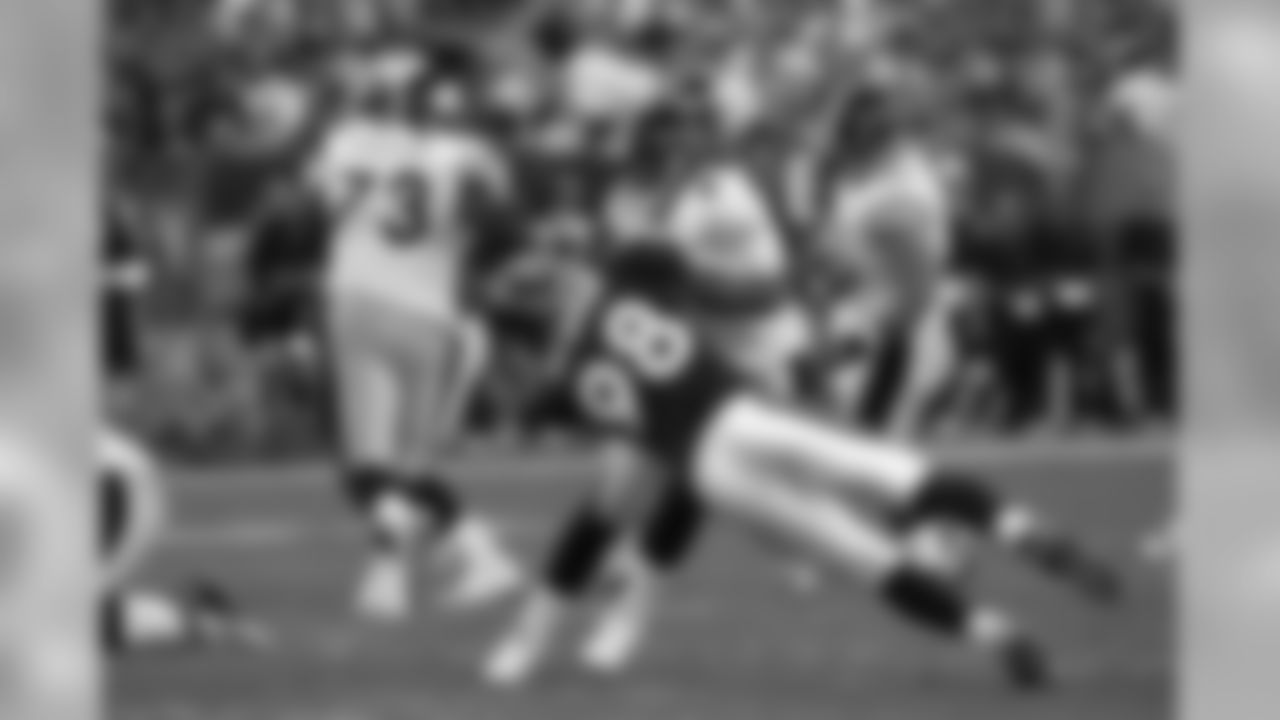
Reggie Hayward (2001 NFL Draft - third round, 87th overall) sacks Steelers quarterback Tommy Maddox in 2003. Hayward played four years with the Broncos, totaling 22 sacks as a Bronco and starting 19 of 47 games.
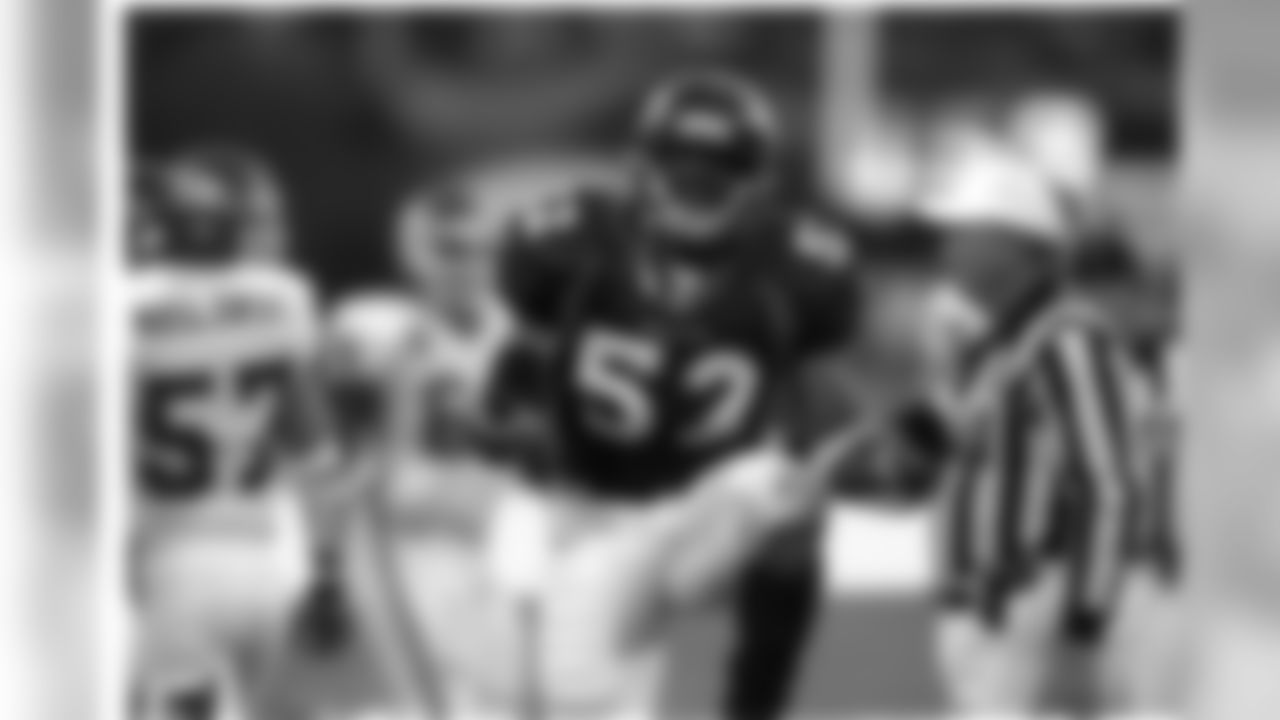
David Bowens (1999 NFL Draft - fifth round, 158th overall) celebrates after a play against the Chiefs in 1999. Bowens spent just his rookie year in Denver, but had a long 12-year career with the Packers, Dolphins, Jets and Browns. For his career, he totaled 38.5 sacks and 227 tackles.
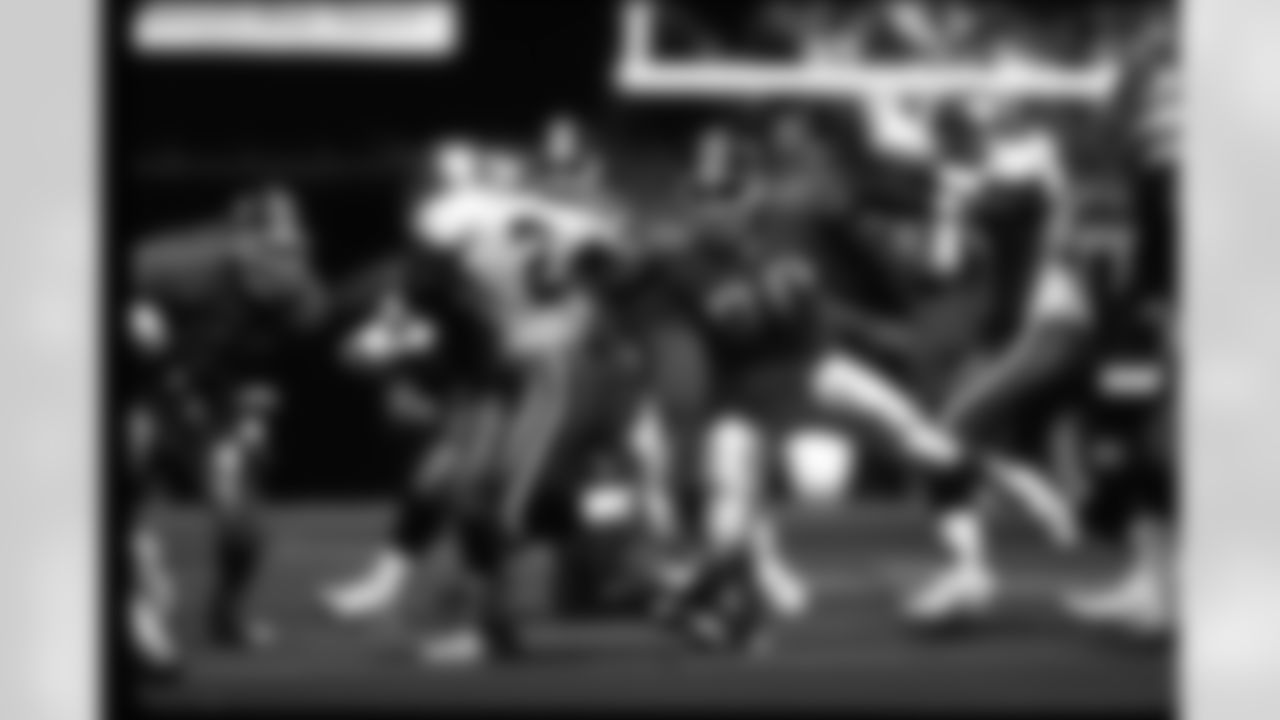
Dan Williams (1993 NFL Draft - first round, 11th overall) gives chase to Cowboys running back Emmitt Smith in 1995. Williams played in Denver for four years, recording 70 tackles in that time over 39 starts with four sacks and one interception.
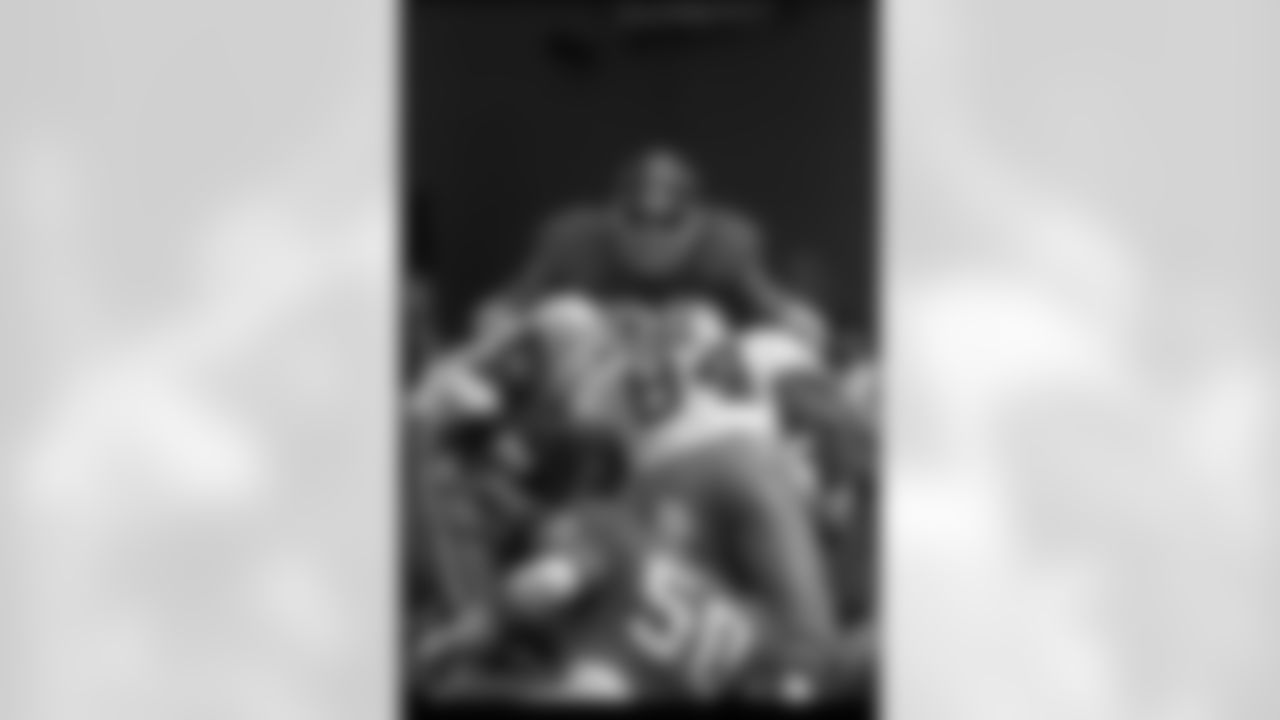
Rulon Jones (1980 NFL Draft - second round, 42nd overall) comes down hard on the Cowboys' running game. Jones was a Pro Bowler twice in his nine years as a Bronco, totaling 52.5 recorded sacks and startin 99 of 129 games. He was also a First-Team All-Pro in 1986.
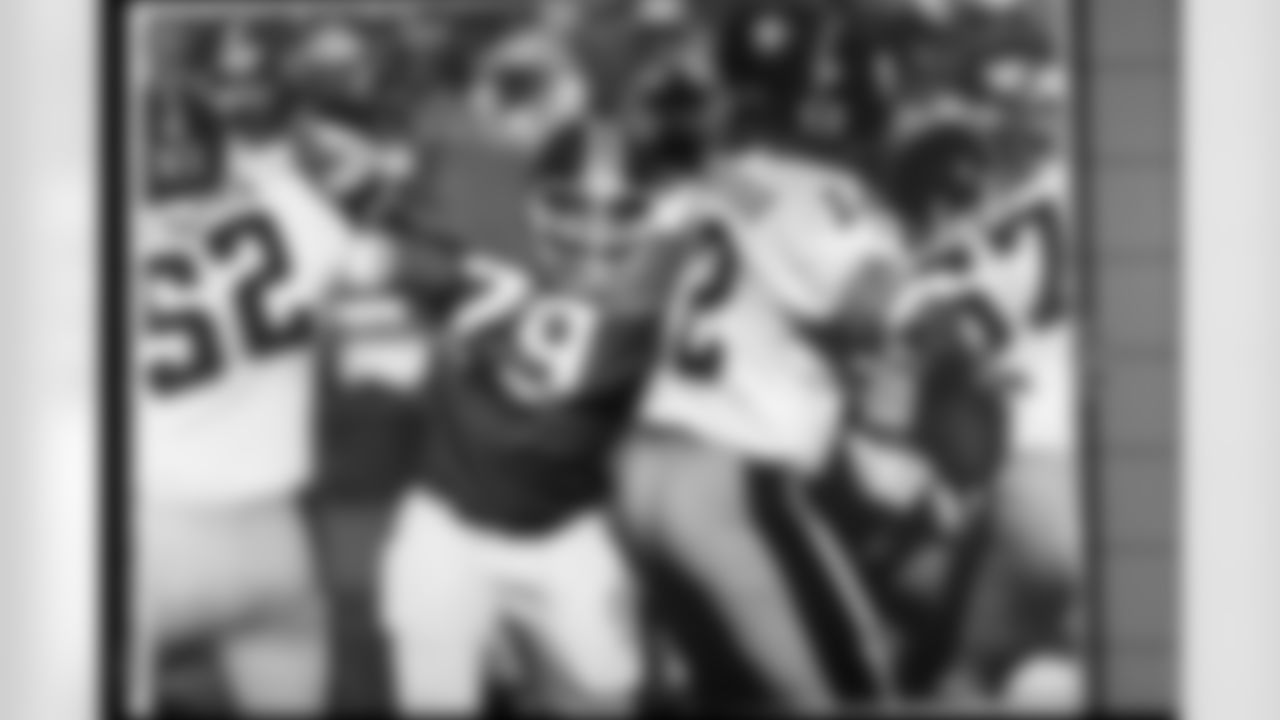
Barney Chavous (1973 NFL Draft - second round, 36th overall) breaks through the Steelers' offensive line to pressure quarterback Terry Bradshaw. Chavous played in the NFL for 13 years, all with the Broncos. Unfortunately, there are sack records for just the last four years, in which he totaled 23 sacks. He started 178 of 183 games.
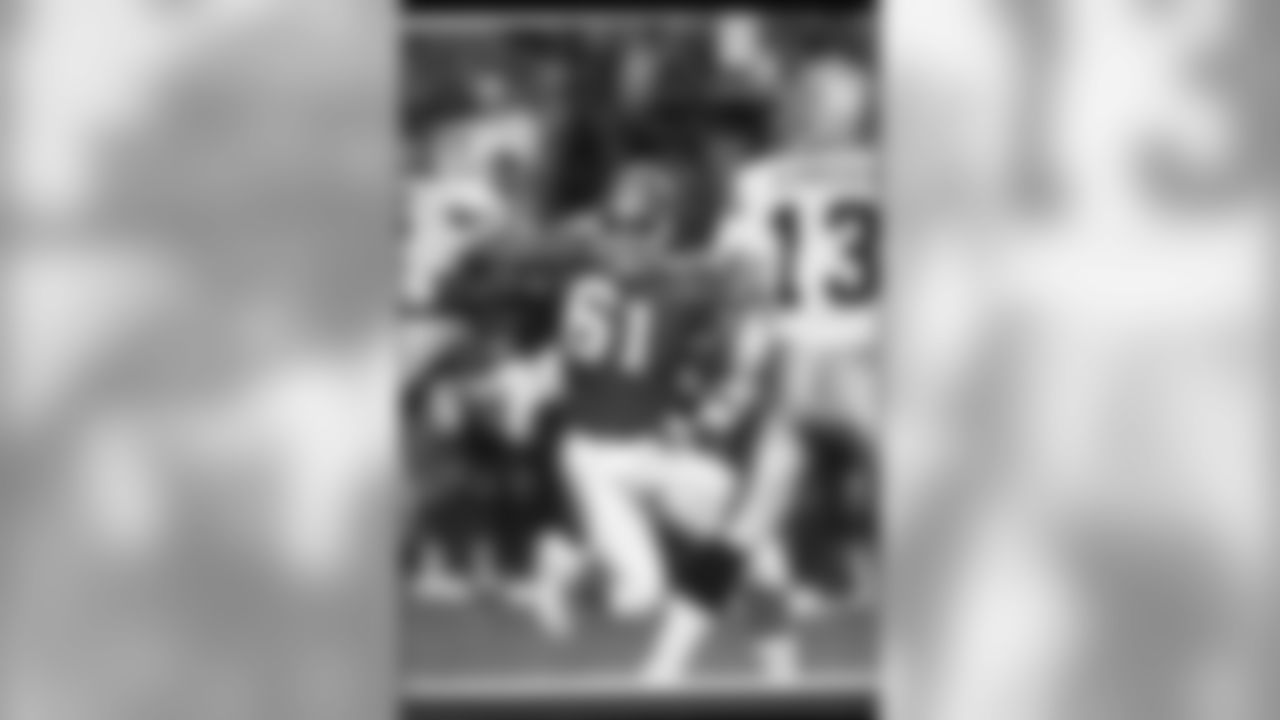
Andre Townsend (1984 NFL Draft - second round, 46th overall) gets past a Raiders offensive lineman and looks to pressure the quarterback. Townsend brought opposing quarterbacks down 22 times over his seven-year career as a Bronco, and he had six fumble recoveries, including one for a touchdown.
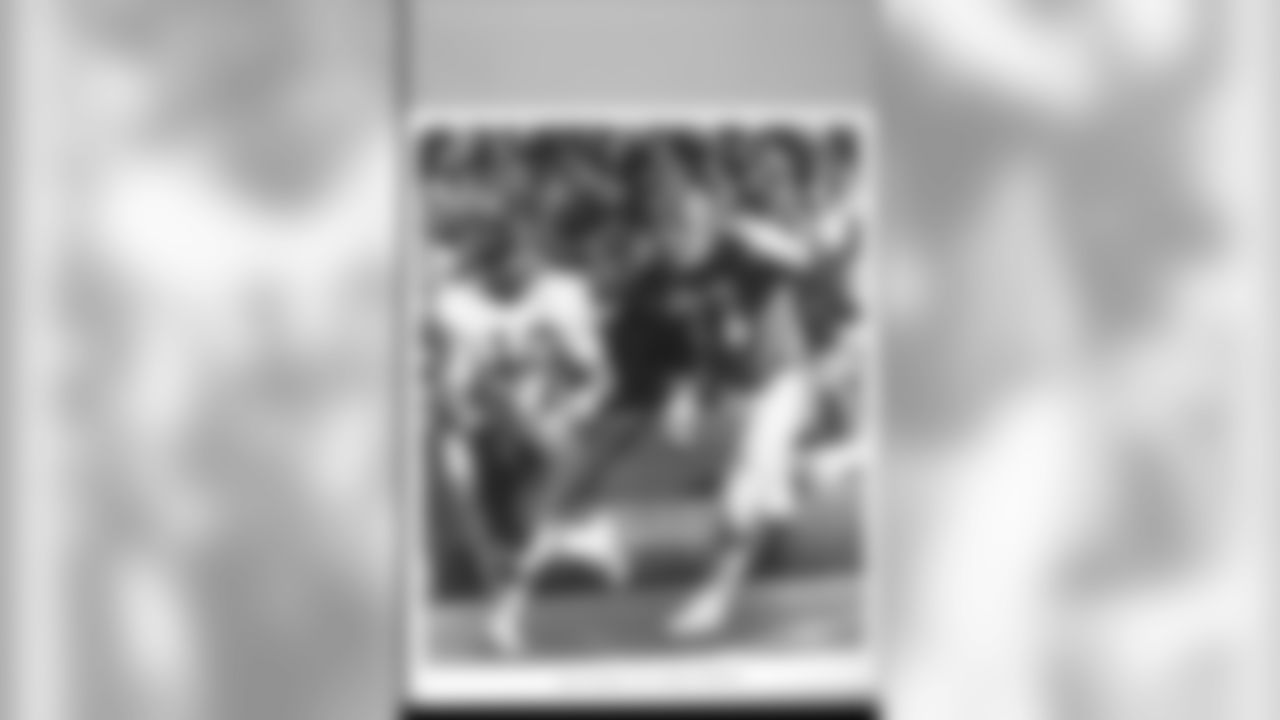
Lyle Alzado (1971 NFL Draft - fourth round, 79th overall) chases down a Kansas City Chiefs quarterback. Out of the 15 years he spent playing in the NFL, eight were as a Bronco. He started in 195 of 196 career games, recorded 20 fumble recoveries, three safeties, one defensive touchdown but sack records didn't exist for much of his career.
With the month of April comes the National Football League schedule, which is expected to be released in two or three weeks.
At that point, teams and fans begin to coordinate their work and social activities for the new season. Once you have the schedule, everything becomes "real" in anticipation of the coming season.
The Denver Broncos' outstanding marketing department will begin to work on its promotional programs for the year, and at some point the Broncos, like many teams, will likely choose a week or two in which the team's colors will fly higher than ever as "oOrange Sunday" or "Orange Monday," or a similar theme in many other cities.
Over the decades this has become one of the great ways that passionate fans around the country have celebrated their teams and put added focus on big games.
It is a great tradition, but like many traditions, at one point the concept of dressing in the colors and wearing team-oriented scarves, banners, etc., did not exist at all in the NFL.
The first time this concept appeared was in Denver. It was on October 17, 1971 and was born more out of despair than giddiness.
Lou Saban was in his fifth and what would turn out to be his final year as the Broncos' head coach. He had a 10-year contract but was in year five and had not experienced a winning season.
The losing was getting to him, and the fiery mentor had just about had enough.
The 1971 season had begun with a 10-10 tie with the Miami Dolphins at home, the infamous "Half a loaf" game, and fans were very bitter.
The Broncos have a rich history of drafting great receivers. Check out a history in photos from Demaryius Thomas to Marlin Briscoe.
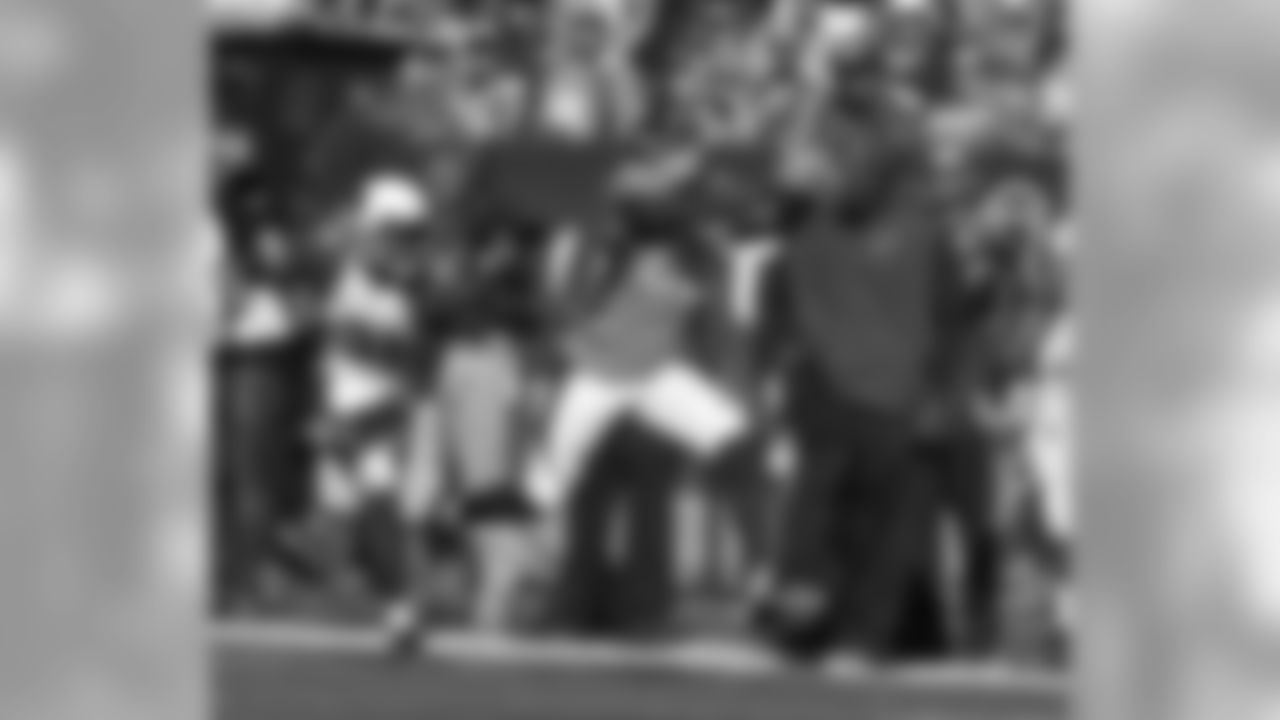
Demaryius Thomas (2010 NFL Draft - first round, 22nd overall) reaches for a deep pass that would be an 86-yard touchdown against the Cardinals in 2014. Thomas has established his name in franchise record books after an outstanding 2014 season in which he broke the single-season receiving yards record (1,619 yards) and the single-game receiving yards record with 226 in the game pictured above. He has also caught a total of 41 touchdowns so far in his five-year career and has made the Pro Bowl in each of the last three years.
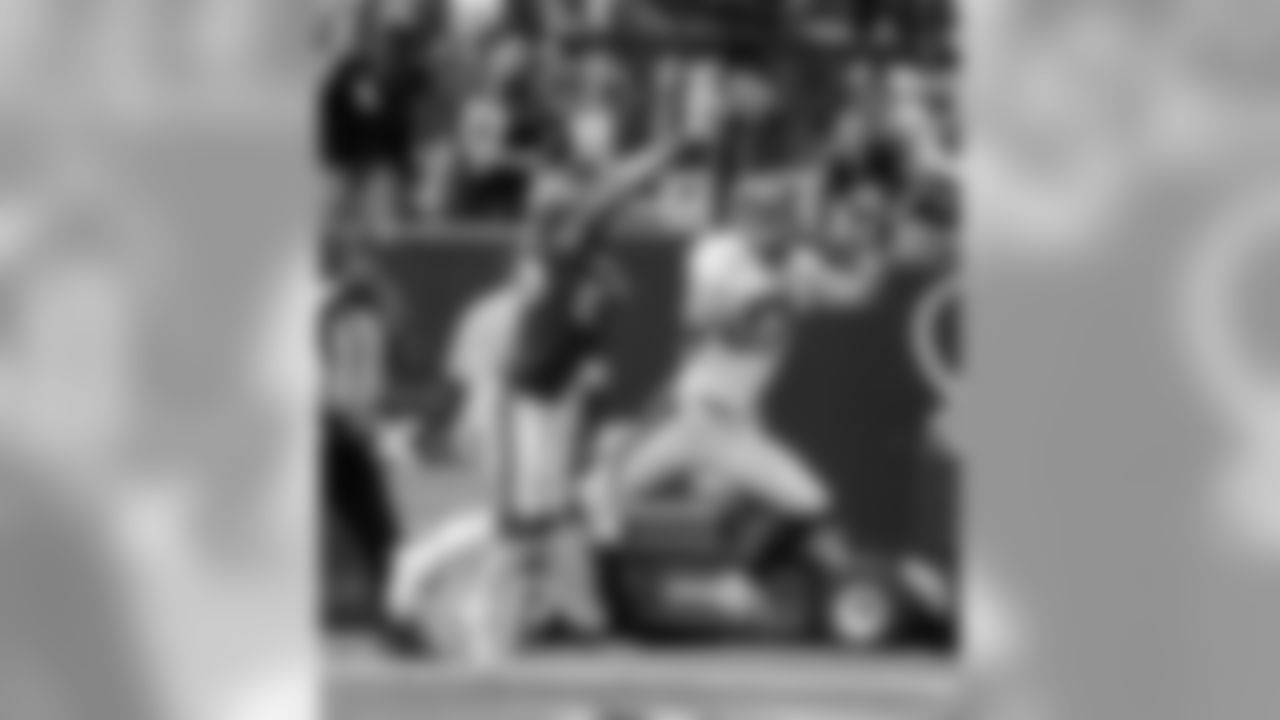
Eric Decker (2010 NFL Draft - third round, 87th overall) keeps his eyes on the football as he prepares to make a 20-yard reception against the Texans in 2013. Decker started in 44 of 62 regular season games as a Bronco, and made his biggest impact in 2012 and 2013. In those years, he had seasons of 1,064 and 1,288 receiving yards with 24 touchdowns over that span.
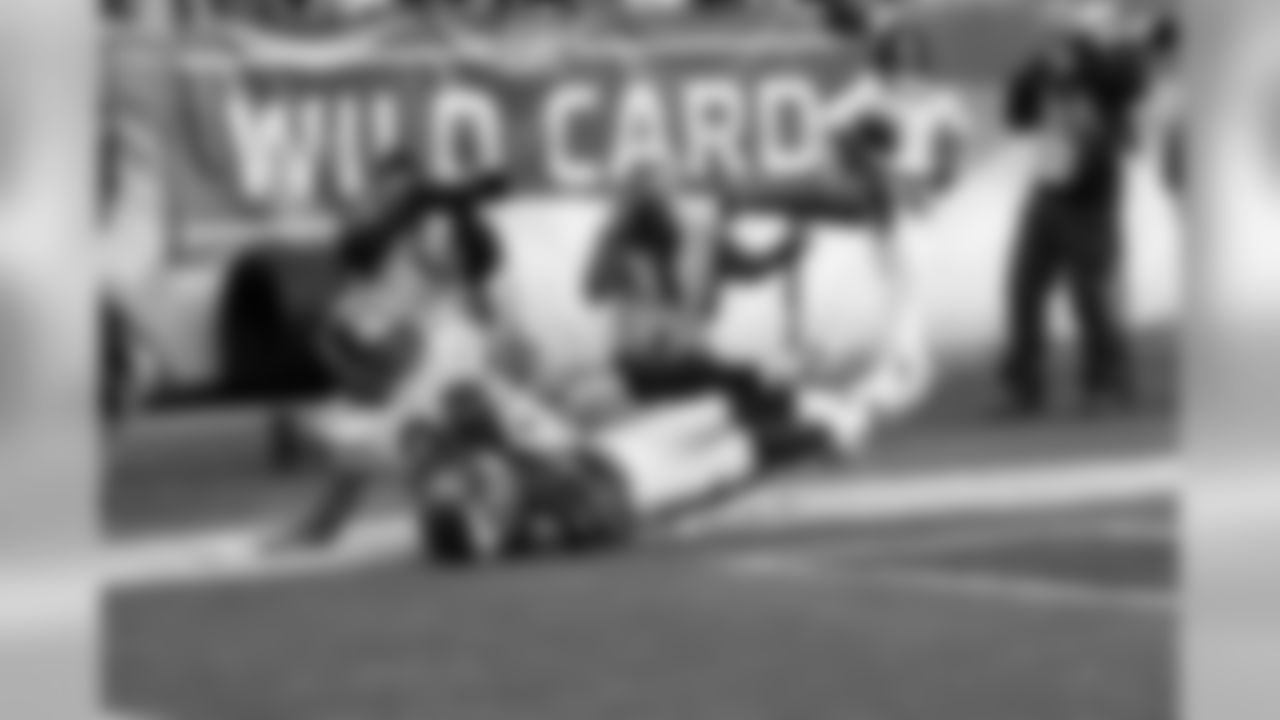
Eddie Royal (2008 NFL Draft - second round, 42nd overall) hauls in a 30-yard touchdown reception against the Pittsburgh Steelers in the AFC Wild Card Playoff game in 2012. Royal started in 45 of his 57 regular season games with the Broncos. In those years, he totaled 2,107 receiving yards and nine touchdowns.
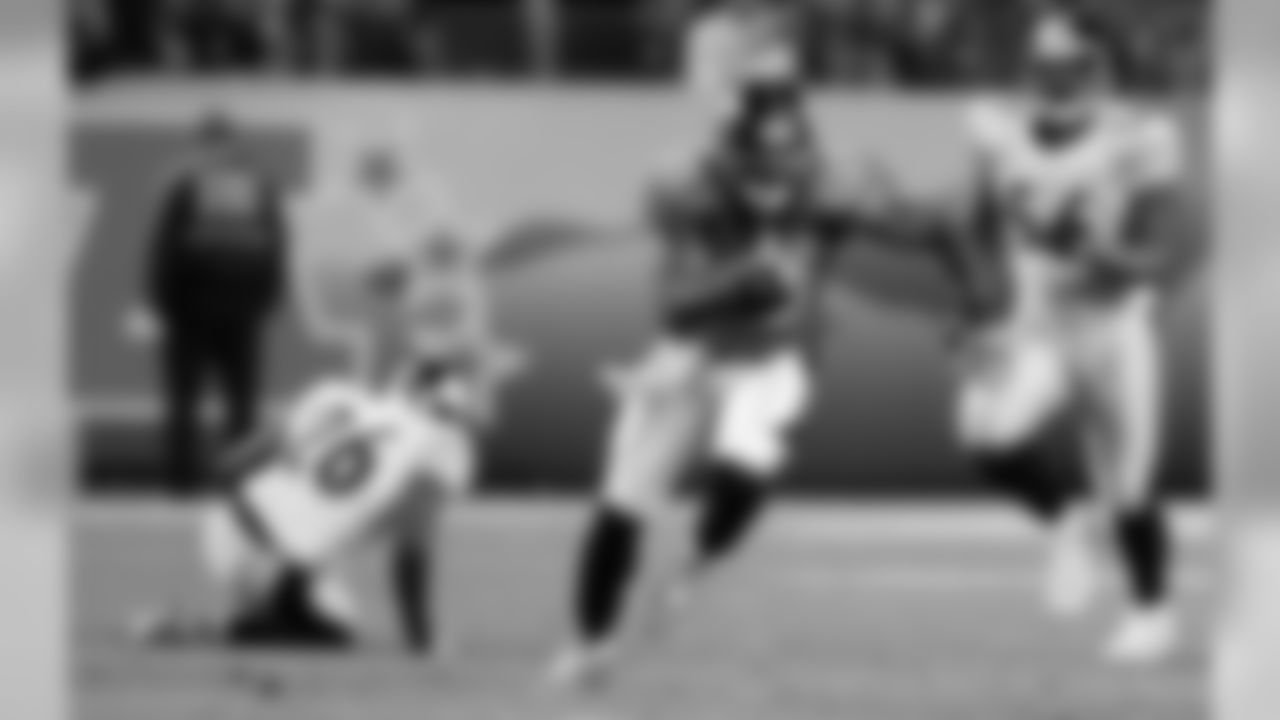
Brandon Marshall (2006 NFL Draft - fourth round, 119th overall) takes a short pass for a 15-yard gain against the Steelers in 2009. Marshall played his first four seasons in Denver, making the Pro Bowl twice with the Broncos. In those four seasons, Marshall started 45 of 61 games, had three seasons with each over 1,000 receiving yards and caught 25 total touchdowns.
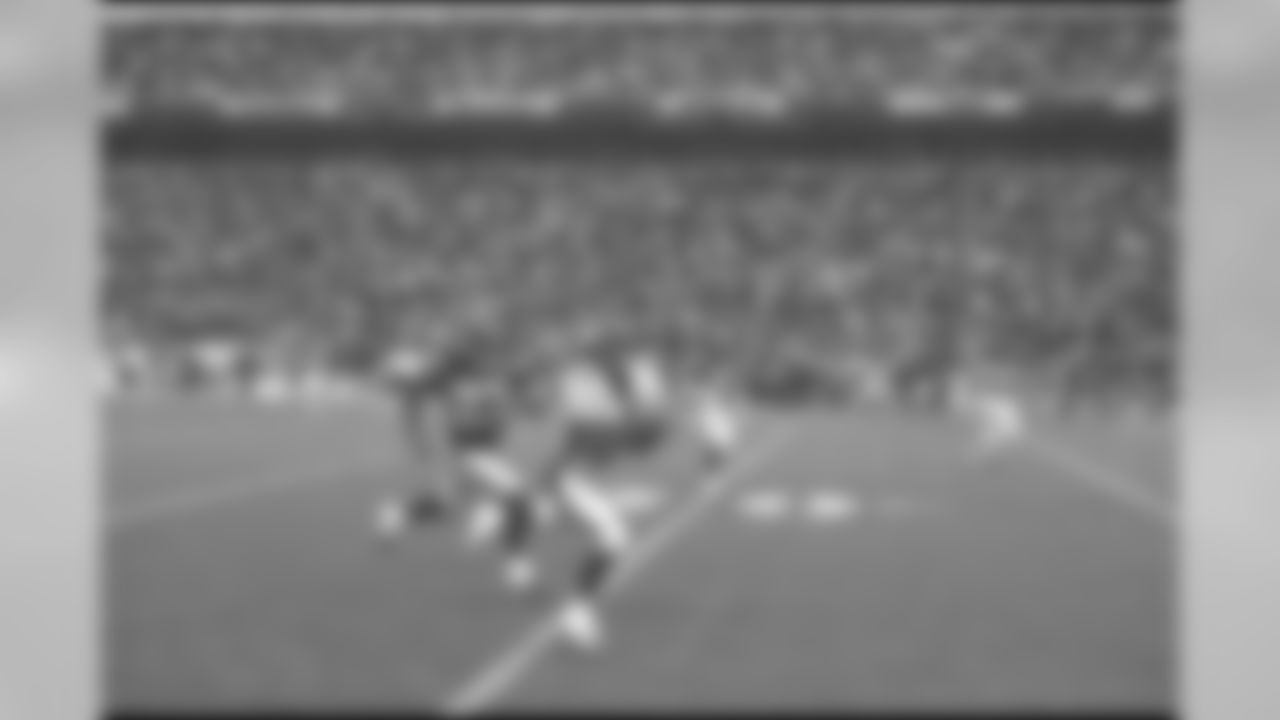
Ashley Lelie (2002 NFL Draft - first round, 19th overall) reels in a deep pass for a big gain against the Chargers in 2003. Lelie spent his first four years in the league with the Broncos, starting 40 of 64 games. His biggest season came in 2004 when he totaled 1,084 receiving yards on 20.1 yards per reception and seven touchdowns.
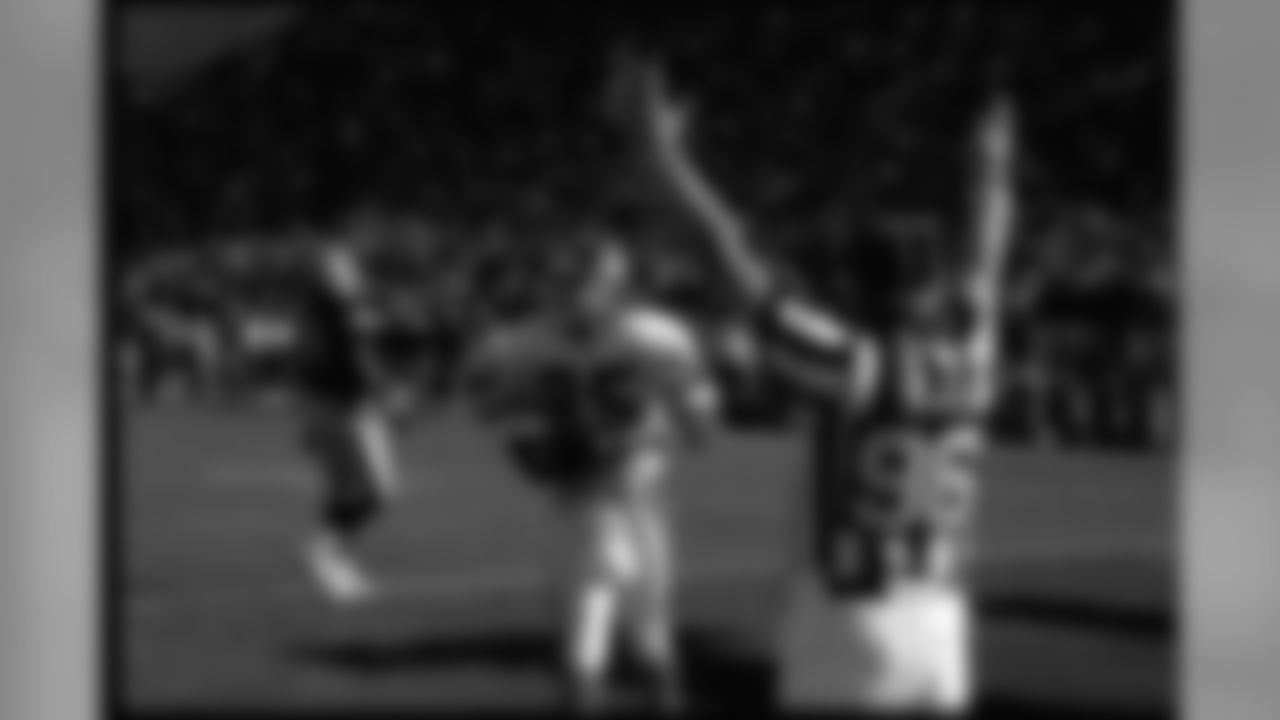
Derek Russell (1991 NFL Draft - fourth round, 89th overall) scores a touchdown against the Raiders. Russell played for the Broncos for four years, starting 35 of 50 games and catching 102 passes for 1,518 yards and five touchdowns.
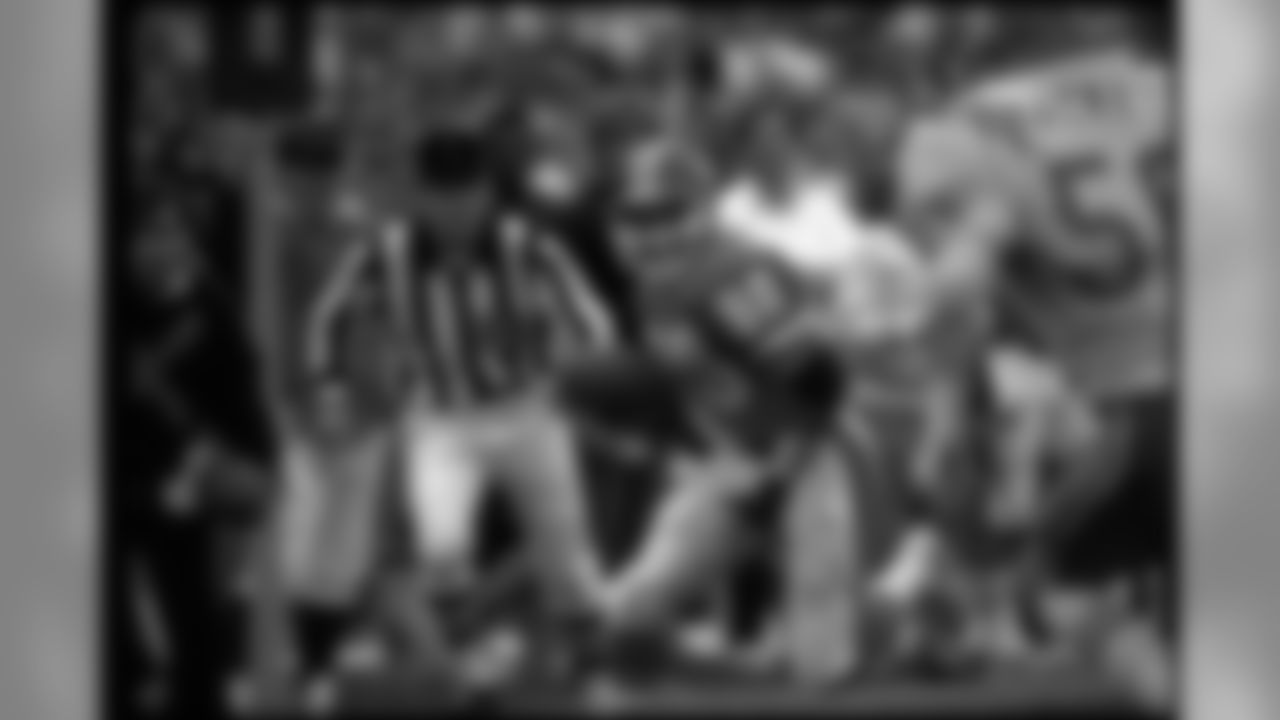
Mark Jackson (1986 NFL Draft - sixth round, 161st overall) looks to take a pass upfield. Jackson's sure hands made him a consistent target for the Broncos, where he spent seven years, totalling 4,746 receiving yards and 24 touchdowns. However, he might best be known for his five-yard touchdown catch to cap "The Drive" against Cleveland in the 1986 AFC Championship.
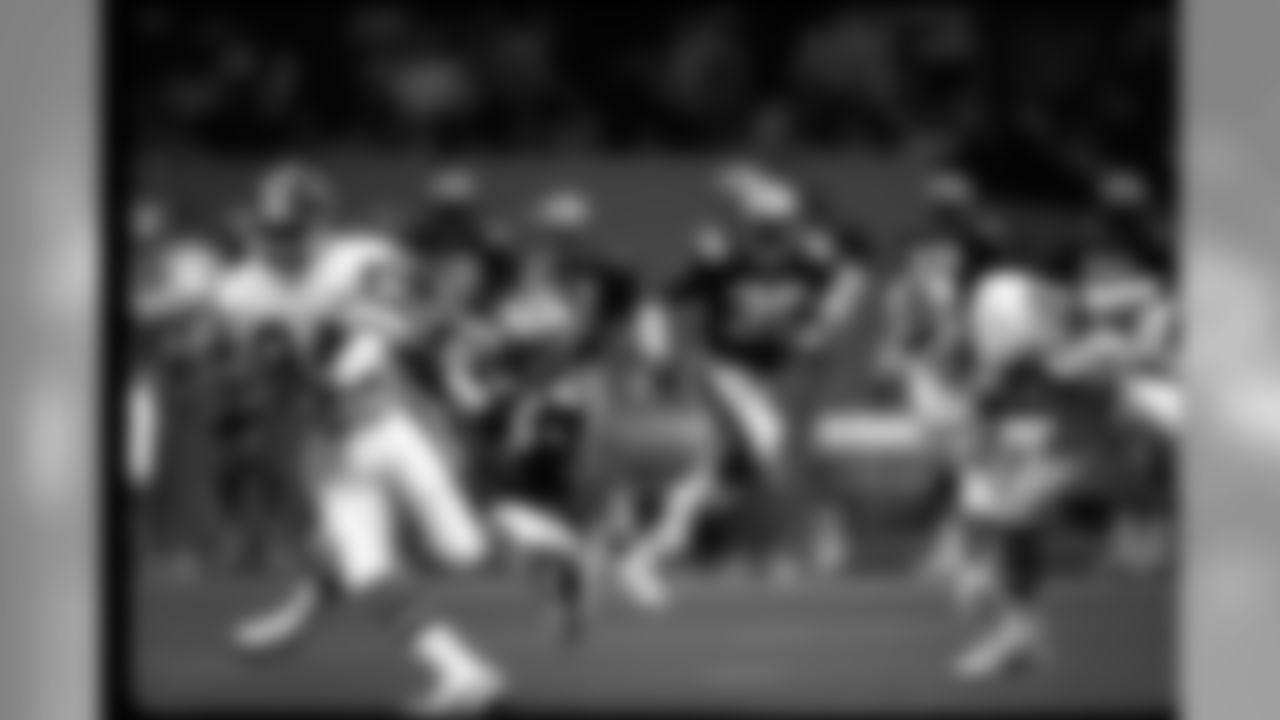
Ricky Nattiel (1987 NFL Draft - first round, 27th overall) maneuvers his way past defenders. Nattiel, one of the "Three Amigos" with Mark Jackson and Vance Johnson, spent his entire six-year career in Denver, totaling 1,972 receiving yards and eight touchdowns, but his 56-yard touchdown to open Super Bowl XXII was probably the biggest.
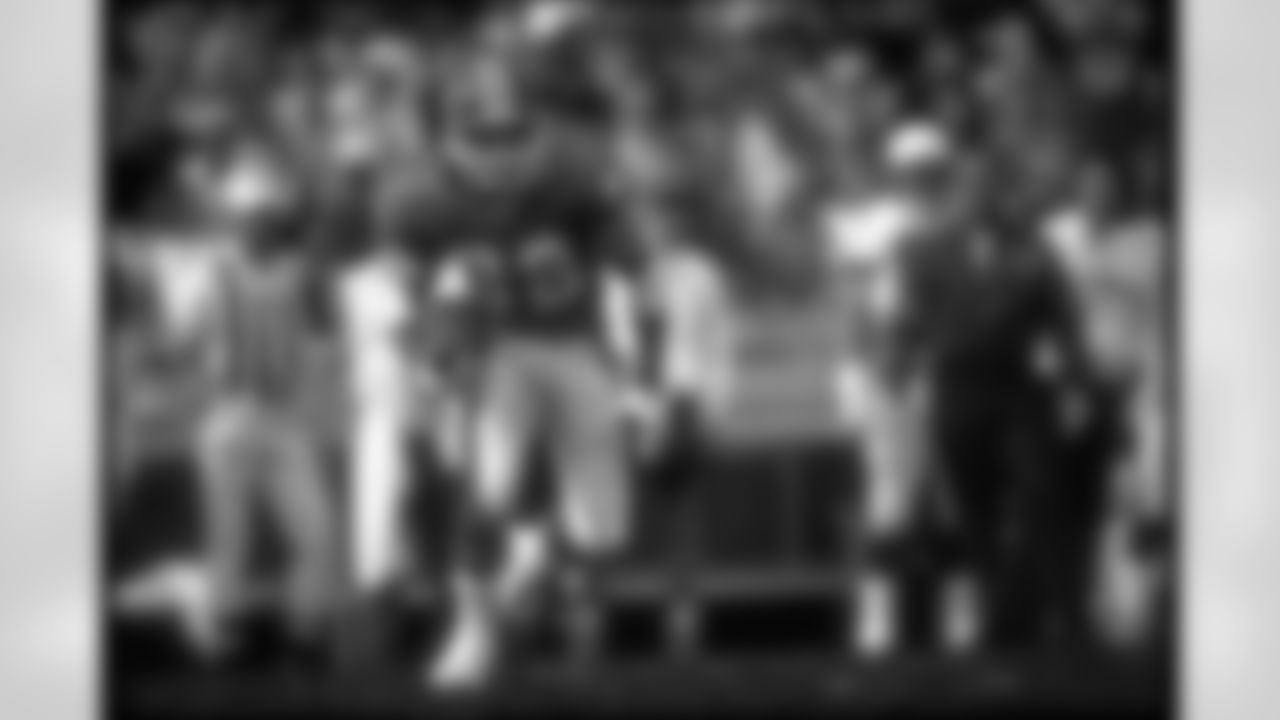
Vance Johnson (1985 NFL Draft - second round, 31st overall) picks up yards after a catch. Johnson, one of the "Three Amigos" with Mark Jackson and Ricky Nattiel, spent his entire 10-year career in Denver, totaling 5,695 receiving yards and 37 touchdowns.
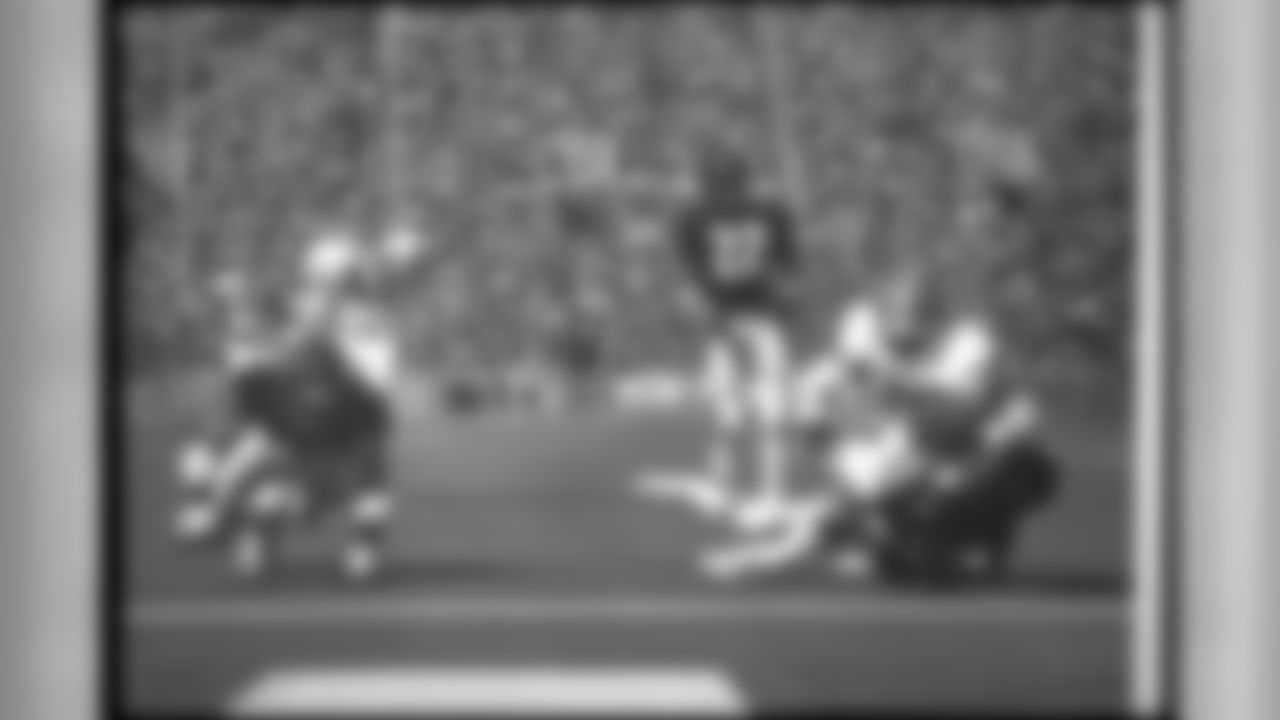
Rick Upchurch (1975 NFL Draft - fourth round, 95th overall) stretches to cross the goal line against the Bears. Upchurch, a four-time Pro Bowler and three-time First-Team All-Pro, was inducted into the Broncos Ring of Fame in 2014 after a career with 4,369 receiving yards, 24 receiving touchdowns, eight total punt returns for touchdowns and a 12.1 punt return yard average (seventh overall in NFL history).
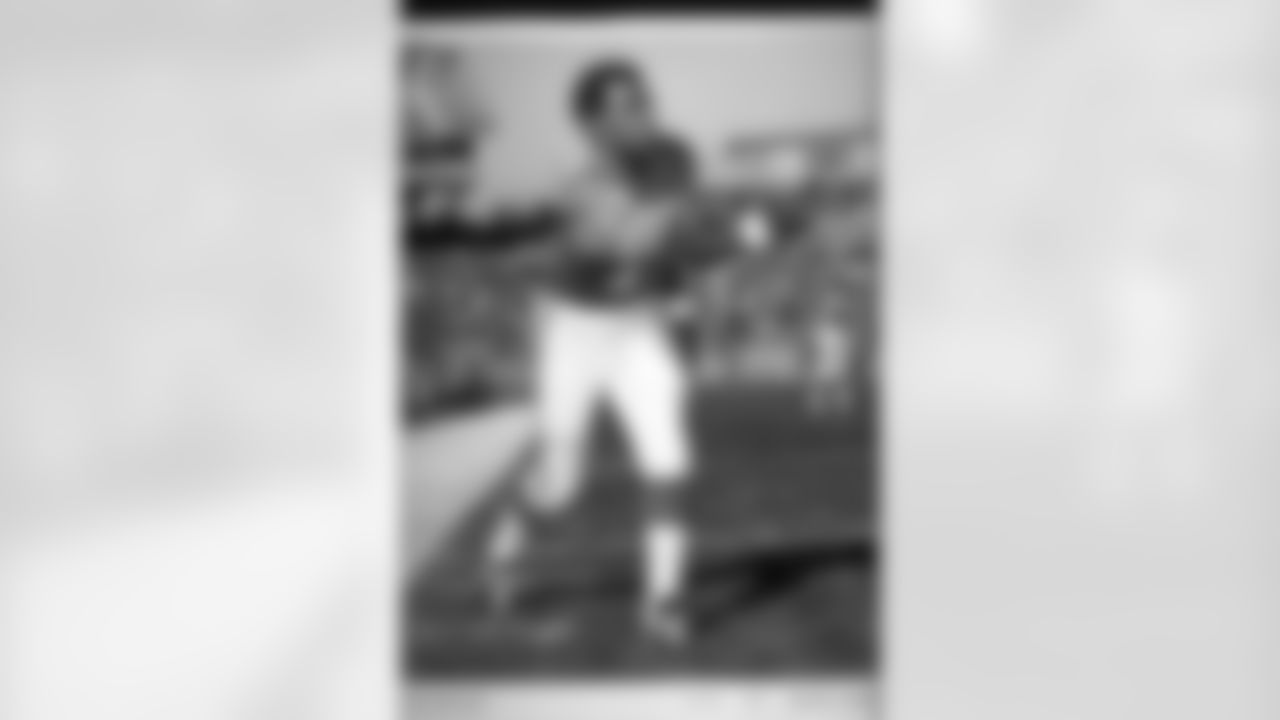
Marlin Briscoe (1968 NFL Draft - 14th round, 357th overall) warms up before a game. An interesting case, Briscoe was originally drafted as a quarterback for the Broncos, where he started five games, of which he won two. As a quarterback Briscoe threw for 14 touchdowns and 13 interceptions in his rookie season, but after that season he went to Buffalo and became a wide receiver. In 1970, Briscoe caught 57 passes for 1,036 yards and eight touchdowns, leading to a Pro Bowl selection. For his career, Briscoe had 3,537 receiving yards, 30 touchdowns and two Super Bowl rings with the Miami Dolphins.
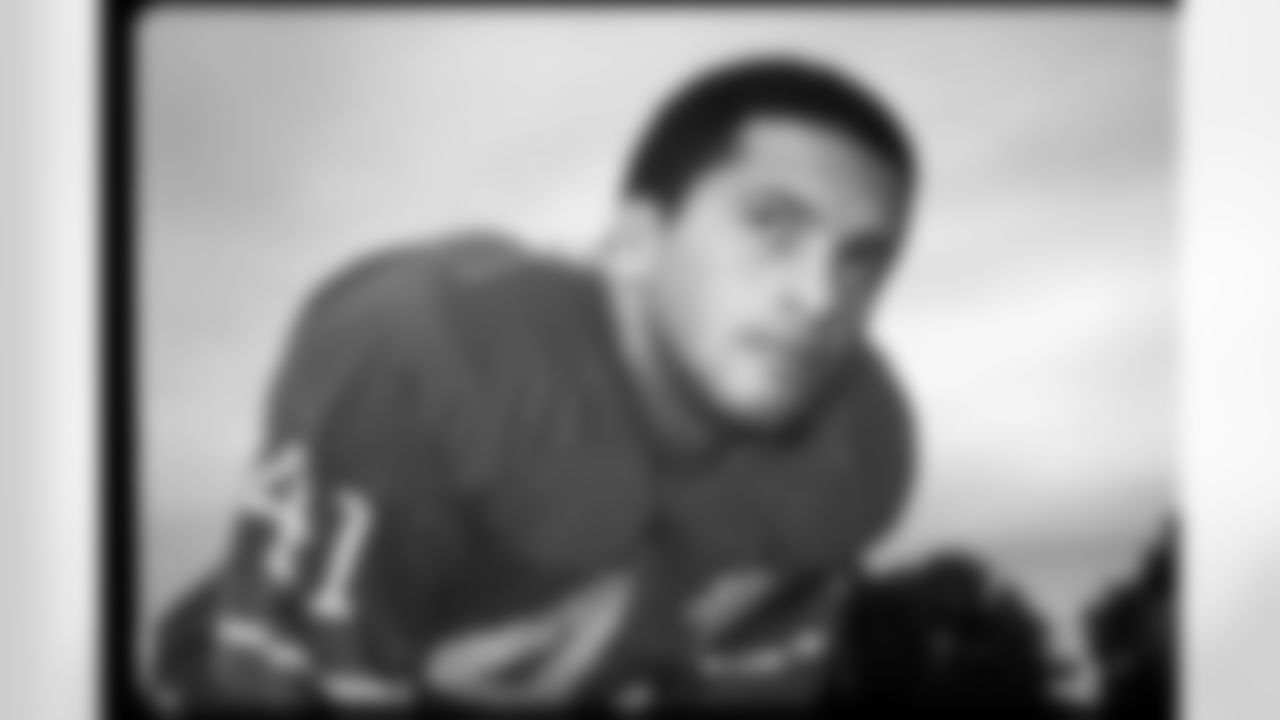
Eric Crabtree (1966 AFL Draft - 13th round, 112th overall) poses for a photo. Crabtree played his first three years in Denver, including starting every game of his 1968 season. He totaled 1,355 receiving yards and 10 touchdown receptions as a Bronco.
Denver lost the next three contests—two at home—and fans were not only throwing half loaves of bread on the playing field at Mile High Stadium, but some had even found out where Saban lived and thrown bags of garbage on his front lawn, a classless move but symbolic of boiling frustrations.
The Broncos were 0-3-1 and everyone near the team and in the city felt the same depth of despair.
At that time, the Denver Broncos Quarterback Club, which is another entire topic for another time, was headed by an energetic local businessman named Charlie Goldberg.
Charlie was a great man, a local benefactor and get-it-done guy on so many levels, and one whom I would in coming years be very proud to call a dear friend.
Charlie could see what was happening, and he was determined to do something about it.
So with his intention being just to lift the spirits of the Broncos, their coach and the growing legions of fans, Charlie Goldberg basically created Orange Sunday, a concept that within a few seasons swept the nation, leading to team-based shirts, hats and a plethora of other promotional items, helping take pro football out of the Stone Age of marketing and promotions into a new world in which we all live today.
Goldberg approached the Broncos public relations department and asked if he could distribute a strip of orange cloth to every fan who attended that week's game against the San Diego Chargers, if he personally absorbed all the costs associated with the project.
The team said yes, and Charlie went about buying, at his own expense, all the orange cloth he could find in the city of Denver.
He had the cloth cut up into strips suitable for waving, and organized members of the Quarterback Club to distribute the orange strips to fans as they entered every gate.
At every juncture where money was needed or involved, Charlie picked up the tab.
Interestingly, this very significant game in Broncos history was one of the few which I missed entirely—no in-person attendance, no television, no radio.
I was in the Army. It was during the Vietnam War and I was stationed at the Fort Ord Army Hospital processing wounded soldiers returning from the conflict, and I only learned of the whole Orange Sunday situation later.
Charlie got the mayor to proclaim Orange Sunday, which became a mayoral tradition for many years to come, got the cloth passed out and the fans fired up. The stadium had been expanded to seat just over 51,000, and the official attendance on October 17 was 51,200, united in orange for the first time ever.
The lineups for that day show three future Ring of Famers starting on the Denver defense: Richard Jackson a defensive end, Paul Smith at defensive tackle and Billy Thompson at cornerback.
It is a peek back at another era, with John Hadl at quarterback for the Chargers, fabled USC tailback Mike Garrett at running back for San Diego, and former University of Colorado legend Bobby Anderson in the Broncos backfield along with future Pro Football Hall of Famer Floyd Little.
The Broncos got a big win that day, 20-16 the final score, as Little and Anderson each scored on two-yard runs and future Ring of Famer Jim Turner added two field goals for the orange and blue.
But it would not be enough, as the season was another losing one in the books (4-9-1) and before it was over, Saban announced his resignation, with assistant coach Jerry Smith closing out the year as interim head coach.
The story of that game, however, which no one fully realized at the time, was the birth of Orange Sunday and concept days like it throughout the NFL.
It would be followed by the "Terrible Towels" in Pittsburgh, "Love Ya Blue" in Houston, and too many others to document.
But ours was the first.
In no time NFL marketing went from a neophyte speck on the NFL directory to a giant which generated every type of clothing and promotional items available, with other sports then copying the NFL model.
But there was only one place and one date when Orange Sunday began, and that was October 17, 1971 in Denver, led by a local businessman who was just trying to help the Broncos win and lift the spirits of an emotionally sagging fan base.
You did good, Charlie.





